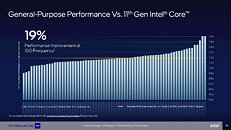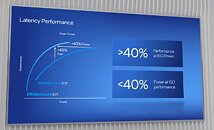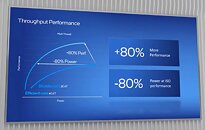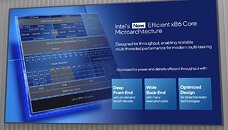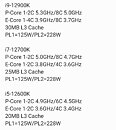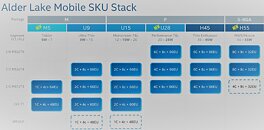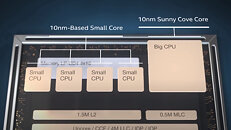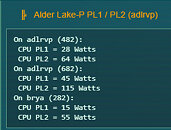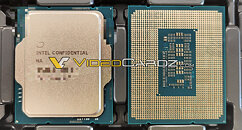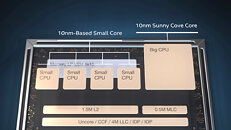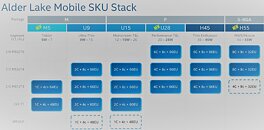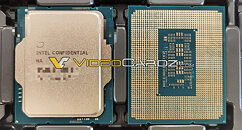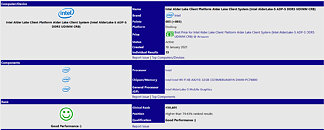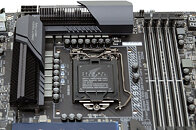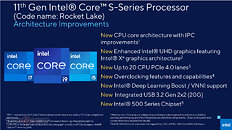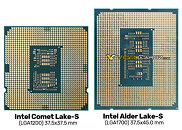
GIGABYTE Releases DRM Fix Tool for Intel Alder Lake Processors to Dynamically Park and Unpark E-Cores
With Intel's Alder Lake processors released, the company introduced a rather interesting concept of mixing high-performance and high-efficiency cores into one design. This hybrid approach combines performance P-cores based on Golden Cove architecture with high-efficiency E-cores based on Gracemont design. While Intel dedicated a lot of effort to optimizing software for Alder Lake, there are sometimes issues that persist when playing older games. At the heart of ADL processors, a thread scheduler decides which task is running on P or E-cores and ensures the best core gets selected for the job.
However, many users know that E-cores can be recognized as another system by DRM software and cause troubles on the latest 12th Generation machines. GIGABYTE has designed a software tool for its Z690 motherboards to fix this issue, which allows on-demand enablement of E-cores. Users can easily "park" or "unpark" E-cores and enable some older game titles to run efficiently with the help of P-cores. This DRM Fix Tool is a lightweight utility that unfortunately runs exclusively on GIGABYTE motherboards. It is less than a megabyte in size and requires no particular installation. However, it is an excellent addition to GIGABYTE's customers, and all that it needs is the latest BIOS update to run. Here you can download the tool, and below, you can see the list of the latest BIOS versions of GIGABYTE Z690 motherboards that support this tool.
However, many users know that E-cores can be recognized as another system by DRM software and cause troubles on the latest 12th Generation machines. GIGABYTE has designed a software tool for its Z690 motherboards to fix this issue, which allows on-demand enablement of E-cores. Users can easily "park" or "unpark" E-cores and enable some older game titles to run efficiently with the help of P-cores. This DRM Fix Tool is a lightweight utility that unfortunately runs exclusively on GIGABYTE motherboards. It is less than a megabyte in size and requires no particular installation. However, it is an excellent addition to GIGABYTE's customers, and all that it needs is the latest BIOS update to run. Here you can download the tool, and below, you can see the list of the latest BIOS versions of GIGABYTE Z690 motherboards that support this tool.















